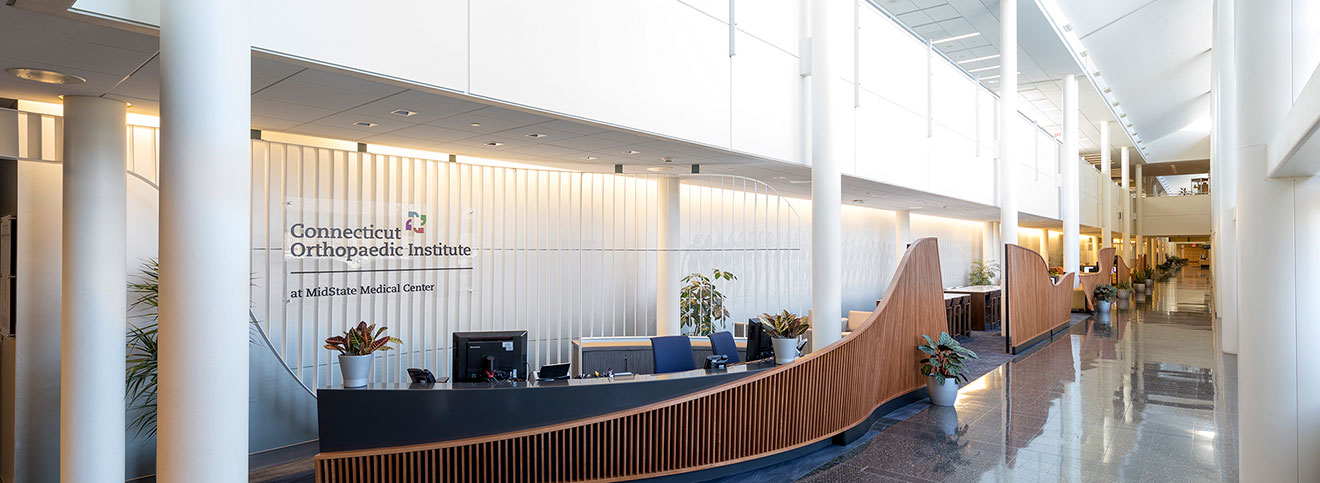Hip pain can affect people of all ages, but before turning to surgery patients have several treatment options they can try first.
Hartford HealthCare’s Jocelyn Maminta recently spoke with Dr. Julianne Forlizzi, an orthopedic surgeon with the Connecticut Orthopaedic Institute at St. Vincent’s Medical Center about common hip problems and treatment options.
“Hip problems depend on your age and activity level,” Dr. Forlizzi said. “When you are younger and your growth plates are still open, the most common problems are athletic injuries. As we get older, problems are more related to wear and tear and arthritis can develop.”
While hip pain can develop at any age, Dr. Forlizzi recommends seeing a doctor when it becomes disruptive on a daily basis.
“I tell my patients that when it becomes something that bothers you to the point that you can’t do what you love, that’s when it’s time to see a doctor,” she said. “If your love is running and you can’t run anymore, or if it’s walking or biking, or if it’s bothering you every day.”
Treatment for hip pain usually starts with physical therapy and injections that can be done right in your doctor’s office. Injections are a mix of numbing medication and steroids. The numbing medication will last for several days after injection while the steroid can last six months to a year.
“Some patients only need one injection,” Dr. Forlizzi said. “The injection usually allows the patient to be functional enough to perform the rehabilitation that they need to do.”
If the pain continues to be chronic and debilitating after therapy and injections, surgery may be the next option. Most candidates for surgery have torn labrums, which is a type of cartilage that acts as a shock absorber or impingement, which is when the ball and socket of the hip joint do not line up perfectly. Hip replacements happen when the cartilage on the hip’s socket is worn out.
“Arthroscopic hip surgery is when instead of making a large incision, we make three or four portals, or small centimeter-long incisions, and then insert a camera into the hip joint,” Dr. Forlizzi said. “The other portals are used for instruments to perform the types of surgery that we need to do.”
Following surgery, patients begin rehabilitation to get back to the activities that they love.


